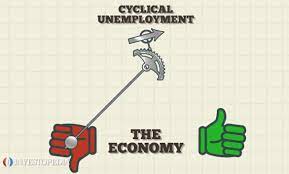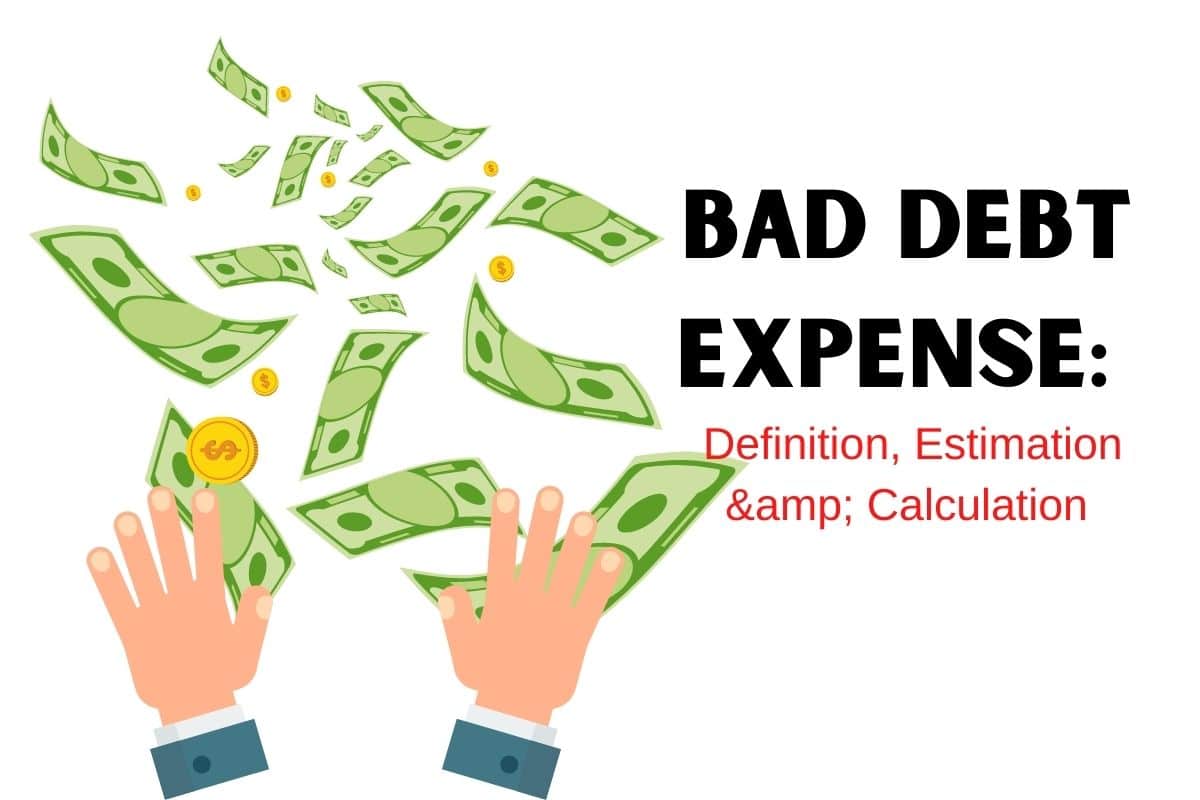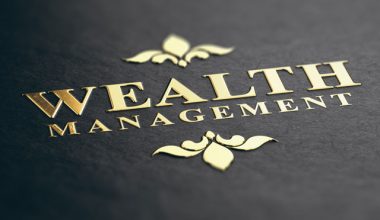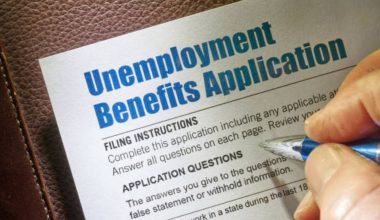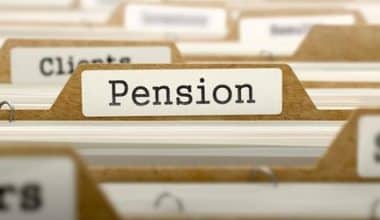This is not orchestrated yet having a knowledge of cyclical Unemployment helps to prepare you for the worse kind of economy. In this article, you will find out all about cyclical unemployment examples, cyclical unemployment rates, its causes, and cure.
What is Cyclical Unemployment?
Cyclical unemployment is the makeup of the total unemployment that occurs directly from the cycle of economic turns both upturn and downturn.
Also, it is no longer news that unemployment rises during recessions and declines during economic expansions. A major force of motivation behind the study of economics is the moderation of cyclical unemployment during a recession.
it is the effect of economic expansion or recession on the total unemployment rate. Usually, the rising during recession and fall during the expansion of the economy is a key focus of economic policy.
There are factors among lots of others that can contribute to this unemployment. They include seasonal, structural, frictional, and institutional factors.
This is so related to a macro-economic situation. It tends to rise at the time of recession and reduce when the economy begins to recover.
Cyclical Unemployment Definition
Cyclical unemployment definition relates to uneven ups and downs in growth and production. The gross domestic product that occurs within the cycle of a business is an important factor in measuring the growth of an economy.
It is possible for Most business cycles to reverse in the end. Then, the downturn shifts to an upturn, followed suit by another downturn.
this is when the demand for goods and services in an economy drops, making firms discharge workers in order to cut costs. A drop in the demand for goods and services leads to a drop in profit.
To stay in business, the company will lay off workers to cut costs and to avoid bankruptcy. The condition of is a temporary one, but it can last for years.
However, it depends on the duration and severity of the economic downturn. The good news is, as an economy recovers from a recession, businesses begin to experience an increasing demand for their goods, leading to the hiring of more workers and a decline in cyclical unemployment.
Furthermore, Economists describe it as that which occurs in business when there is insufficient demand for labor to employ all those who are looking for work. When there is a decline in demand for a company’s product and service, there may be a matching reduction in supply production to make up. As the level of supplies is low, there is a need for few employees to meet the lower standard of production volume.
Again, the company will release workers who are no longer in need of, which will result in their unemployment. When there is a fall in the economic output, the business cycle will be low and unemployment will rise.
In the same vein, when the business cycles are at their zenith, it tends to be low, because of the high demand for labor.
What is an Example of Cyclical Unemployment?
Here’s a cyclical unemployment example. In the year 2008, the country experienced a financial crisis and a huge Recession. A lot of borrowers fail to meet their debt obligations which have a link with their homes. This made their qualifications for the new loans to become more rigid. It also made the demand for new construction decline.
There was an increase in the total number of unemployed. More borrowers were unable to keep up with payments for their homes.
This further reduced the demand for construction to the lowest point.
Consequently, over 1 million workers in the construction industry became unemployed. In this case, the rise in unemployment is cyclical unemployment. As the economy begins to recover, the financial sector becomes profitable and begins to make more loans.
People started buying homes again and renovating existing ones. This helps the prices of real estate to climb once again.
Then, Construction jobs begin to work to meet this renewed demand in the housing sector, and cyclical unemployment thereby declines.
What causes cyclical unemployment?
Cyclical unemployment is the primary cause of high unemployment rates. It is caused by a downturn in the business cycle. It is part of the natural rise and fall of economic growth that occurs over time. Cyclical unemployment is temporary and depends largely on the length of economic contractions that is caused by a recession.
Cyclical Unemployment Rate
The cyclical unemployment rate is simply the difference between the natural unemployment rate and the current rate.
Here is the formula for calculating the rate;
Cyur= Cur-(Fur+Sur). where;
- Cyur=Cyclical unemployment rate
- Cur=Current unemployment rate
- Fur=Frictional unemployment rate
- Sur=Structural unemployment rate
To calculate this unemployment rate, subtract the total of the FUR and the SUR from the updated unemployment rate. where;
- CUR is the percentage of workers who are not in employment regardless of the reason or type of unemployment.
- FUR is the number of workers that are voluntarily moving from one job to another.
Causes of Cyclical Unemployment
Fundamental imbalance of the economy is a major cause of cyclical unemployment.
Here, the number of people looking for jobs is greater than the number of jobs. Hence, after filling vacant positions, there will still be more persons who will be unemployed.
This type of unemployment happens when the economy takes a downturn. The only way to stop this is to lift the entire economy by increasing the GDP. This is not an easy task at all.
Cure for cyclical Unemployment
The cure is increasing the Gross Domestic Product (GDP) of the country. This government does this job in most counties. They can’t end the recession alone. The government can decide to acquire money in debt form and end the negative cycle by creating more jobs. The taxes received will be useful in paying off this debt.
Finally, it is safe to know that cyclical unemployment is the most difficult form of unemployment. the country will need Programs to help the economy recover from them.
In conclusion, when cyclical unemployment rises, it could mean that the economy is showing signs of an economic downturn which doesn’t seem good. The absence of demand means that consumption is not enough. Then, the Government might need to address the issue by several feasible monetary policies to aid the support of the economy.
Why is cyclical unemployment bad?
Cyclical unemployment can lead to a downward spiral of unemployment. Workers who have been laid off due to decreased demand now have less disposable income to spend on things they need, which lowers demand and business revenue even further, resulting in more workers being laid off.
Is cyclical unemployment short term?
Cyclical unemployment levels rise and fall with the markets, meaning they are high during recessions and low during expansions. Therefore, they are typically short-term Cyclical unemployment occurs because people spend less money during economic declines.
What is the difference between seasonal and cyclical unemployment?
Seasonal: Every season, certain jobs are still going to be needed. Cyclical: You’ll have cycles where there’s more unemployment and cycles where there aren’t. Structural: Shifts in the economy. Sometimes you’ll need more workers, sometimes you’ll need fewer workers.
What is frictional and cyclical unemployment?
Frictional unemployment: the natural unemployment people experience when they’re between jobs. Cyclical unemployment: when the economy is doing well, more jobs are created; when it’s in a downturn, many people wind up being laid off
